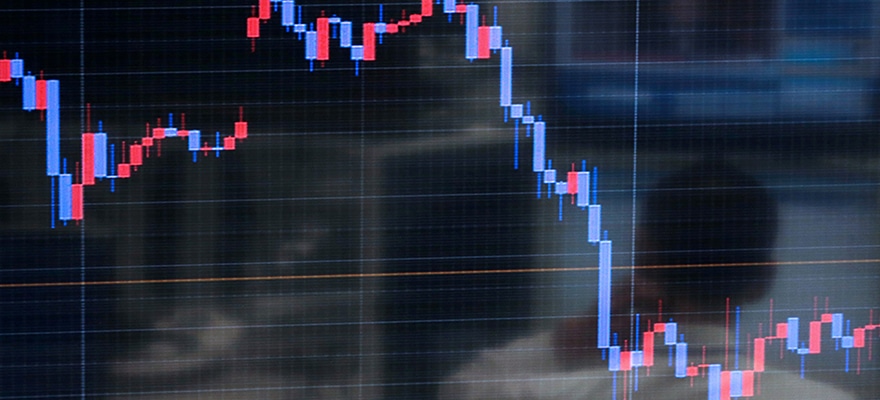Online Chinese retailers are going stateside to learn how to compete against Alibaba. According to a report by Reuters UK, Suning Commerce Group Co, China’s largest online electronics retailer, has set up in a Palo Alto laboratory in cooperation with Hewlett-Packard and Stanford University to help better understand the Chinese market, and most notably, Alibaba.
The attempt from Suning shows how difficult the Chinese market is to penetrate, even for local retailers. Alibaba’s footprint in the Chinese market is tremendous, with their TMall platform covering over 50% of the online market, and Taobao with an 80% share of the consumer to consumer market. For comparison, China’s second largest Ecommerce Company, JingDong (JD.com) has a 13% share, with Suning in third with 3%.
Alibaba was formed in 1999 by Jack Ma, and has since become the world’s largest Ecommerce firm, with an oncoming IPO estimated at $100 billion. "If you're going to enter the online market and are thinking about competing with our Tmall and Taobao, that's already a mistake, instead you should be trying to fill in the gaps that Alibaba hasn't done so well," Alibaba’s Chairman, Jack Ma recently stated at a press event in China.
eBay recently also showed interest on re-entering the market, after they were unofficially forced out by the Ecommerce goliath. Other firms have also entered and lost. Amazon’s Z.cn fell to 1.7% of market share in China in 2012, dropping from 7.3% in 2008. Numerous Chinese and non-Chinese firms have attempted to gain market share only to fail.
"If you look at the landscape, there aren't that many players left anymore," said Jingdong COO, Shen Haoyu, when he was asked on the Alibaba’s market share.
Currently, the Ecommerce landscape in China consists of smaller companies focusing on niche markets Alibaba is not in, but when they show promise, Alibaba enters the market with their eyes on becoming the best. We have seen WeChat who developed the most downloaded messaging application in China, with much fanfare, and Alibaba quick to respond with an application of their own. Alibaba has not only become the competition to beat, but also beats the competition in other markets.
The Chinese market is too large to ignore, and what Suning is looking for in their Palo Alto lab is not how to penetrate the Chinese market, but how to compete with Alibaba. With Alibaba having such a large share in the market, the main obstacle is not to convince the Chinese people to buy from you, but rather to convince them to not buy from Alibaba...
"We don't believe the market can be dominated by one company in e-commerce in China - namely Alibaba. The Chinese market is very wide and deep, with a huge population," Suning CEO, Zhang Jindong added on the reasons for the research center in California.
With what specialists believe will be the biggest Ecommerce market in the world, the difficulty posed by one company is staggering. This approach seems radical, and time will tell if it pays off.
Image courtesy of Wikipedia






















